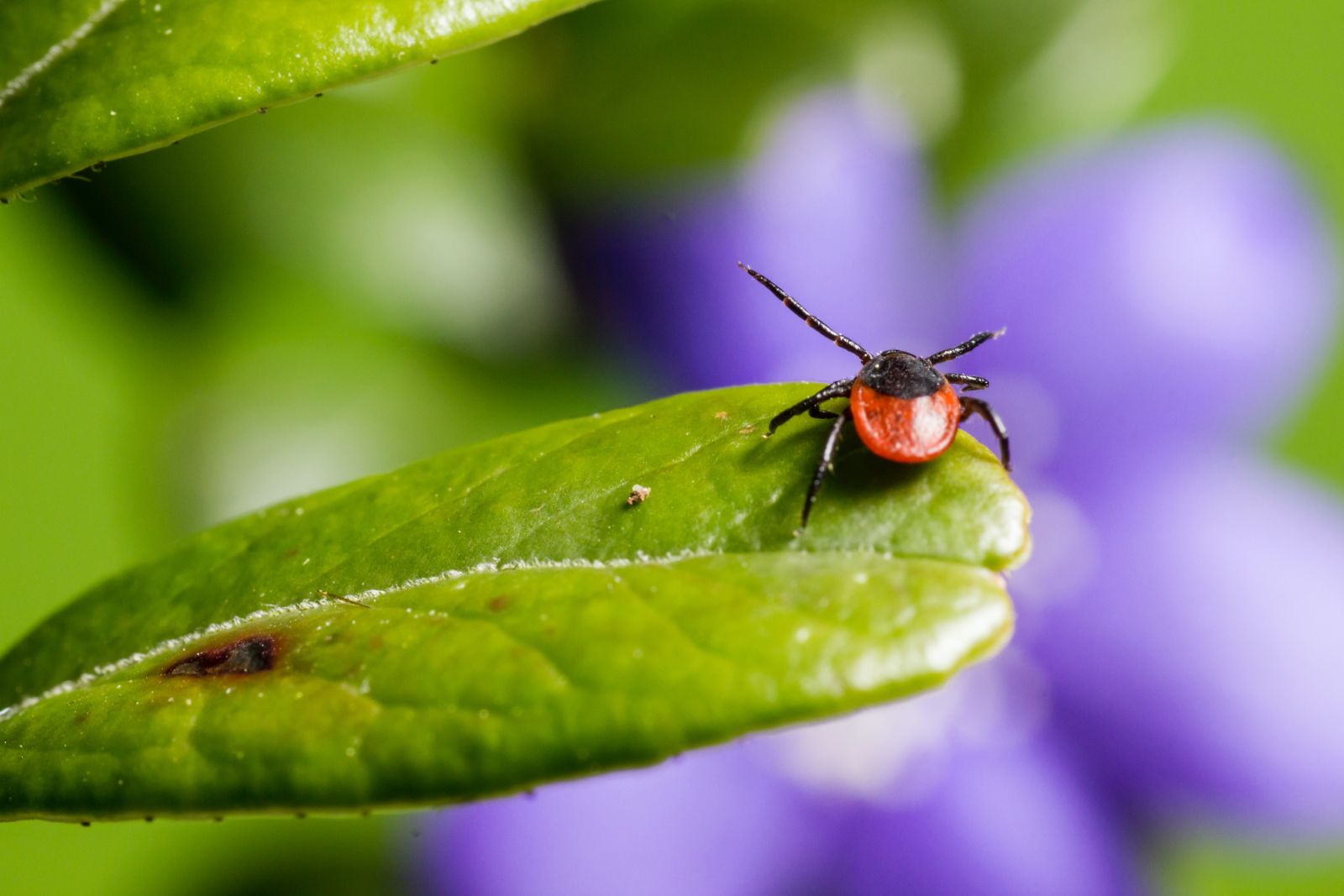Safeguarding Your Garden from Ticks
05-06-2023
We understand the importance of maintaining a safe and tick-free environment in your garden. Ticks can not only be a nuisance but also pose potential health risks to you, your family, and your pets. In this comprehensive guide, we will provide you with valuable insights and strategies to effectively safeguard your garden from ticks. By implementing these proven techniques, you can create a tick-resistant haven and enjoy your outdoor space without worry.

Understanding Ticks
Ticks are small, arachnid parasites that thrive in warm and humid environments. They are commonly found in wooded areas, tall grasses, and shrubs. These tiny creatures latch onto hosts, including humans and animals, to feed on their blood. Unfortunately, ticks can transmit diseases such as Lyme disease, Rocky Mountain spotted fever, and tick-borne encephalitis.
Identifying Tick-Prone Areas in Your Garden
To effectively protect your garden from ticks, it is crucial to identify and address the areas where ticks are likely to thrive. Here are some key points to consider:
1. Dense Vegetation and Overgrown Areas
Ticks prefer to reside in dense vegetation, so it's important to keep your garden well-maintained. Regularly trim overgrown bushes, shrubs, and grasses to reduce tick habitat and minimize the risk of exposure.
2. Wooded and Shady Areas
If your garden has wooded or shady areas, it's important to pay extra attention as ticks thrive in such environments. Create barriers such as wood chips or gravel to limit access to these areas or consider clearing them altogether.
3. Moisture and Humidity
Ticks require a humid environment to survive, so it's important to address any moisture-related issues in your garden. Proper drainage, watering schedules, and maintenance of irrigation systems can help reduce moisture levels and discourage tick infestation.
Tick Prevention Strategies
Now that you understand the factors that contribute to tick presence, let's explore effective prevention strategies to safeguard your garden:
1. Tick Repellents
Applying tick repellents is a crucial step in protecting yourself and your family from tick bites. Choose a repellent containing DEET, picaridin, or permethrin, and apply it to exposed skin or clothing before spending time in your garden. Follow the manufacturer's instructions for proper usage.
2. Regular Lawn Maintenance
Maintaining your lawn is key to reducing tick populations. Mow your grass regularly and keep it at an appropriate height. Ticks tend to avoid dry and well-manicured lawns, so this simple practice can significantly decrease the likelihood of encountering ticks in your garden.
3. Create a Tick Barrier
Creating a physical barrier between tick-prone areas and your garden can be highly effective. Consider installing fences or hardscaping features such as gravel paths to limit tick migration into your outdoor space.
4. Implement Landscaping Modifications
Strategic landscaping modifications can discourage ticks from inhabiting your garden. Here are a few suggestions:
-
Prune Trees and Shrubs: Trim branches and foliage to increase sunlight exposure and improve air circulation, making the environment less appealing to ticks.
-
Remove Leaf Litter and Debris: Regularly clean up fallen leaves, grass clippings, and other organic debris that can provide hiding spots for ticks.
-
Use Tick-Repellent Plants: Incorporate plants such as lavender, rosemary, and marigolds that are known to repel ticks into your garden. This natural approach can act as an additional line of defense.
5. Wildlife Management
Ticks often hitch a ride on wildlife, so managing their presence can help minimize tick populations in your garden. Here are a few tips:
-
Install Fencing: Enclose your garden with a wildlife-proof fence to deter animals that can carry ticks.
-
Remove Food Sources: Keep trash cans tightly sealed, store pet food indoors, and eliminate other food sources that can attract wildlife to your garden.
-
Consider Wildlife-Friendly Landscaping: Plant native species that provide food and shelter for desirable wildlife while discouraging those that can carry ticks.
Highly resistant to ticks
By following these comprehensive strategies and best practices, you can create a garden that is highly resistant to ticks. Regular maintenance, targeted landscaping modifications, and effective tick prevention measures will help protect you, your loved ones, and your pets from the potential health risks associated with tick bites. Remember, a well-kept garden not only enhances its aesthetic appeal but also ensures a safe and enjoyable outdoor experience for everyone.
